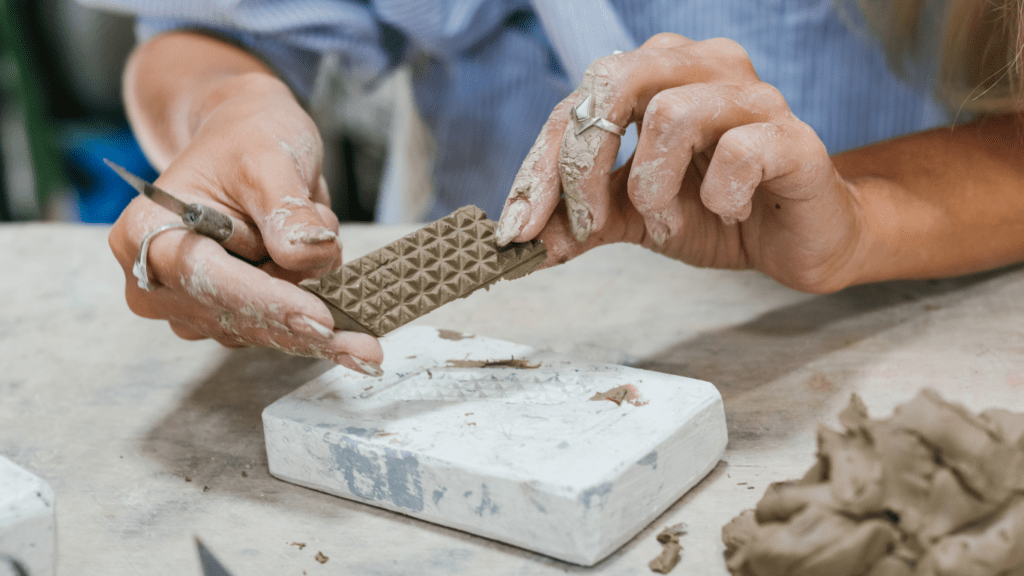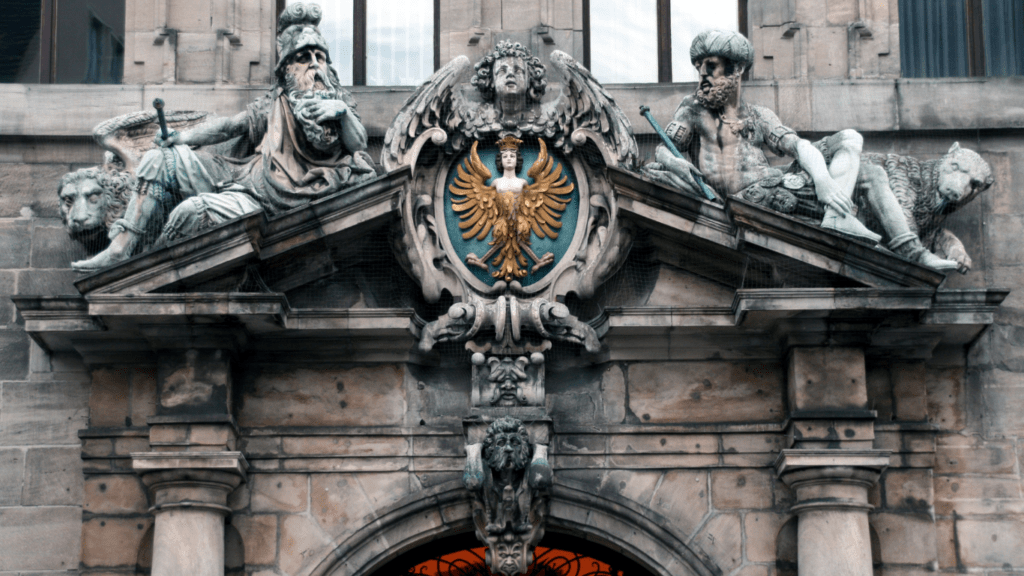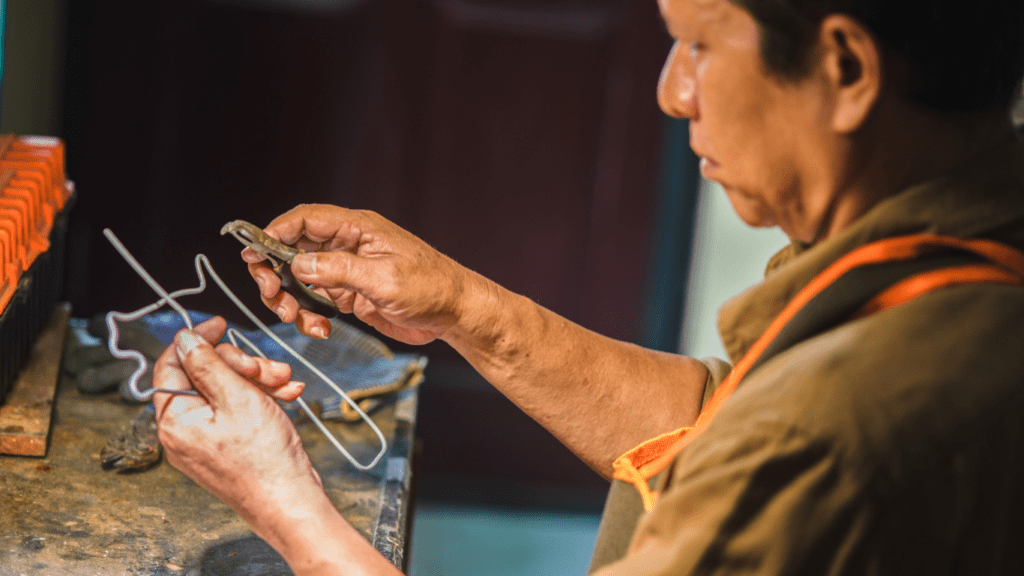Embarking on a journey of sculpting with found objects opens up a world of endless creativity and innovation. It’s about transforming ordinary items into extraordinary works of art, breathing new life into forgotten treasures. With each piece, I discover the beauty in unexpected places and the stories that lie within each object waiting to be told.
Exploring the realm of creative projects through sculpting with found objects not only challenges my artistic abilities but also encourages me to see the potential in the overlooked. It’s a process that sparks imagination and invites me to think outside the conventional art supplies, pushing the boundaries of what art can be. Join me as I delve into the realm of sculpting with found objects, where artistry meets resourcefulness in the most unexpected ways.
Exploring the Art of Sculpting with Found Objects
Sculpting with found objects has opened up a whole new world of creativity for artists like me. Let’s delve deeper into the fascinating realm of this unique art form.
The Rise of Found Object Art
I’ve witnessed a growing trend in the art world where using found objects has become increasingly popular. Artists are embracing the concept of repurposing everyday items, turning them into stunning sculptures with a touch of innovation. This form of art not only challenges traditional norms but also provides a platform for endless possibilities and creative expression.
Benefits of Using Found Materials
Working with found materials offers a multitude of benefits that I’ve come to appreciate in my artistic journey. It encourages sustainability by reducing waste and promoting eco-conscious practices. Moreover, using found objects can spark unconventional ideas, pushing me to think outside the box and find beauty in the unexpected. The diversity of materials available also adds a unique touch to each artwork, making every piece truly one-of-a-kind.
Essential Materials for Found Object Sculpture
To create captivating sculptures with found objects, I rely on a few essential materials that ensure both creativity and structural stability in my artwork. Here’s what you’ll need to embark on your own found object sculpting journey:
Tools Needed
When sculpting with found objects, having the right tools at your disposal is crucial to bring your creative vision to life. Here are some essential tools that I recommend for a successful sculpting experience:
- Wire Cutters: Perfect for cutting and shaping metal wires or thin rods to create armatures for your sculptures.
- Needle-Nose Pliers: Ideal for bending and twisting wires with precision, especially useful for intricate details.
- Hot Glue Gun: Essential for adhering found objects together securely and quickly during the sculpting process.
- Craft Knife: Useful for cutting, carving, and shaping various materials to achieve the desired form.
- Sandpaper: Helps in smoothing rough edges and surfaces of found objects for a polished finish.
- Protective Gear: Safety should always come first. Don’t forget to wear gloves and eye protection when handling sharp or abrasive materials.
Sourcing Materials Sustainably
Sourcing materials sustainably is not only environmentally friendly but also adds a meaningful dimension to your creative process. Here’s how I responsibly gather materials for my found object sculptures:
- Nature Walks: Take a stroll in nature to find organic materials like branches, stones, or shells that can inspire unique sculptural pieces.
- Upcycling: Look for discarded items in your surroundings that can be repurposed creatively, reducing waste and giving new life to forgotten objects.
- Thrift Stores and Flea Markets: Explore secondhand shops and markets to discover a treasure trove of interesting objects waiting to be transformed into art.
- Community Swaps: Engage with your local community for material swaps or donations, fostering a culture of sharing and creativity.
By choosing materials mindfully and responsibly, you not only contribute to sustainable practices but also infuse your artwork with a story and purpose, making each sculpture a reflection of your creative ethos.
Step-by-Step Guide to Starting Your First Project
Planning Your Design
When beginning a found object sculpture project, I recommend starting with a clear vision of your design. Consider the theme or concept you want to convey through your artwork. It’s essential to sketch out your ideas, noting down the specific components or objects you plan to use. By visualizing your design beforehand, you can streamline the creative process and ensure a cohesive end result.
Assembling Components
Once you have a solid plan in place, it’s time to gather the components for your sculpture. Search for objects that align with your vision and fit the theme you have chosen. Be open to exploring various materials and textures, as these will add depth and interest to your artwork. Remember to pay attention to the structural aspects of your design, ensuring that the components can be securely assembled to create a stable and visually appealing sculpture.
Advanced Techniques in Found Object Sculpture

When it comes to advanced techniques in found object sculpture, there are exciting avenues to explore. Let’s delve into incorporating mixed media and techniques for durable construction.
Incorporating Mixed Media
In found object sculpture, mixing different materials can elevate your artwork to new heights. Combining wood, metal, fabric, or even glass objects can add layers of complexity and visual interest to your sculptures. This approach not only expands your creative possibilities but also creates unique textures and contrasts that make your pieces stand out.
Techniques for Durable Construction
Achieving structural integrity in found object sculpture is crucial for ensuring the longevity of your artwork. Advanced techniques such as welding, brazing, or epoxy bonding can be employed to securely fasten various found objects together. Additionally, reinforcing internal structures with wire frames or armatures can provide stability and support to your sculptures, especially if they are large or intricate in design.
By incorporating mixed media and employing durable construction techniques, you can take your found object sculptures to the next level, creating pieces that are not only visually captivating but also built to last.
Creative Projects Inspiration
As I delve into the realm of sculpting with found objects, I’m constantly inspired by the innovative projects and collaborations within the creative community. Here, I draw inspiration to push boundaries and explore new avenues of artistic expression.
Examples from Renowned Artists
Exploring the works of renowned artists in the field of sculpting with found objects provides invaluable insights into the diverse and creative applications of this art form. Artists like Louise Nevelson and Pablo Picasso have revolutionized the way we perceive everyday objects by transforming them into thought-provoking sculptures that challenge conventional norms. Their use of unconventional materials and groundbreaking techniques serves as a beacon of inspiration for aspiring sculptors looking to push the boundaries of their creativity.
Community Projects and Collaborations
Engaging in community projects and collaborations opens up a world of possibilities for sculptors working with found objects. Collaborating with local artists, schools, and organizations not only fosters a sense of shared creativity but also allows for the exchange of ideas and techniques. Community-driven projects, such as public art installations and interactive workshops, serve as platforms for artists to showcase their work, engage with the community, and inspire others to explore the artistic potential of found objects. By participating in these collaborative endeavors, sculptors can broaden their horizons, form meaningful connections, and contribute to the vibrant tapestry of the art world.
About the Author


 Karen Parker is a vital member of the Sculpture Creation Tips team, where her profound love for the art of sculpting is evident in every piece she works on. With years of experience and a deep understanding of various sculpting techniques, Karen has become a trusted mentor to both beginners and seasoned artists alike. Her dedication to the craft is matched only by her passion for teaching, as she creates detailed, easy-to-follow tutorials that help others bring their artistic visions to life. Karen's expertise spans a wide range of materials and styles, allowing her to offer invaluable insights that cater to a diverse audience. Whether through her hands-on guidance or her thoughtful advice, Karen's contributions are instrumental in nurturing a vibrant and supportive community of sculptors, all united by a shared love for this timeless art form.
Karen Parker is a vital member of the Sculpture Creation Tips team, where her profound love for the art of sculpting is evident in every piece she works on. With years of experience and a deep understanding of various sculpting techniques, Karen has become a trusted mentor to both beginners and seasoned artists alike. Her dedication to the craft is matched only by her passion for teaching, as she creates detailed, easy-to-follow tutorials that help others bring their artistic visions to life. Karen's expertise spans a wide range of materials and styles, allowing her to offer invaluable insights that cater to a diverse audience. Whether through her hands-on guidance or her thoughtful advice, Karen's contributions are instrumental in nurturing a vibrant and supportive community of sculptors, all united by a shared love for this timeless art form.
